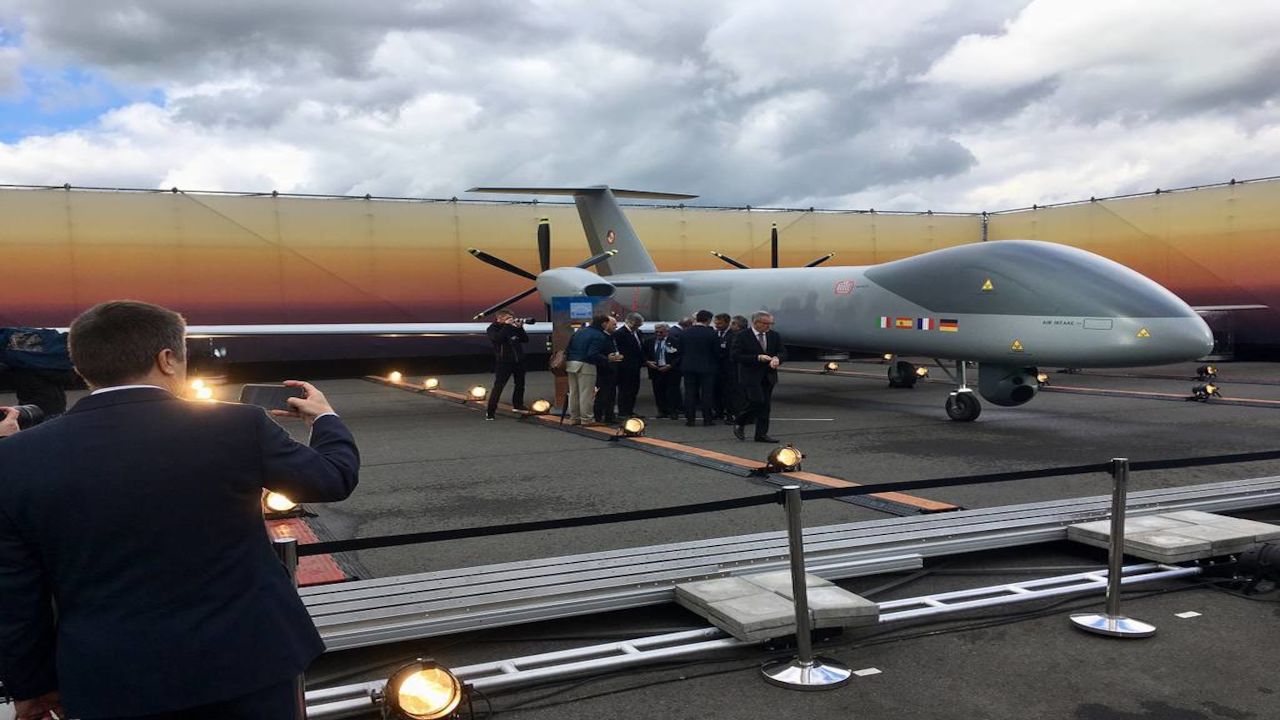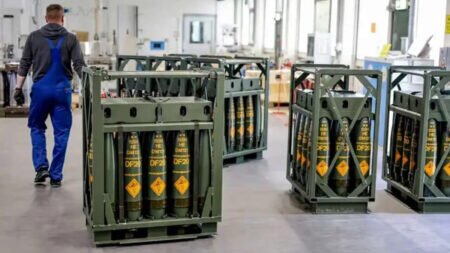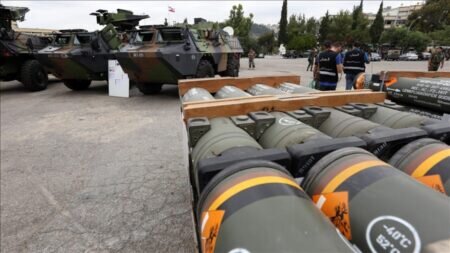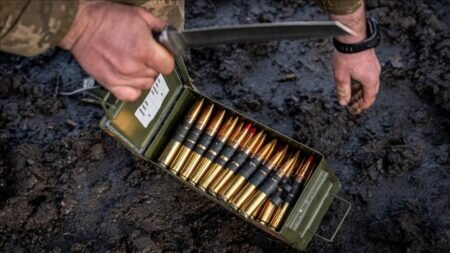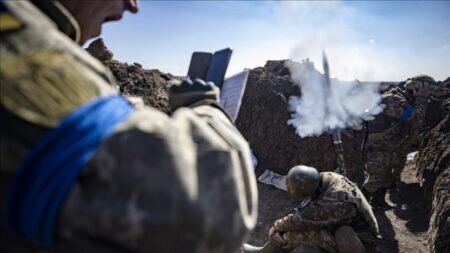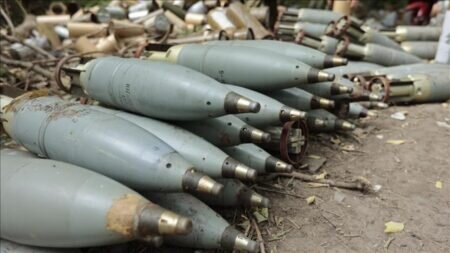Single signature is now required to move ahead with the Eurodrone, Industry officials said.
A deal could be signed in the next “couple of months,” once all four partner nations have completed their review processes, said Daniela Lohwasser, chief Eurodrone engineer for Airbus Defence and Space, during a virtual media briefing on Tuesday.
“We have the green light from Germany, from Italy and from France, and we are in the waiting phase, basically every day now, on Spain,” Lohwasser said. Once Madrid is officially on board, “it will take maybe a couple of months more until we will be ready to finally go for the full contract signatures,” she added.
The industry partners — which include Airbus representing Germany and Spain, along with France’s Dassault Aviation and Italy’s Leonardo — are ready to sign the contract “from our side,” she noted. Airbus officials previously expected the contract to be signed in early 2021. Once the ink has dried, the industry partners face a tight schedule, with a preliminary design review expected to take place 18 months later, and a first flight within the following five years, Lohwasser added.
But that’s not the only big contract still pending. Airbus has yet to select an engine supplier for the Eurodrone program, and is weighing proposals from two vendors to build up to 120 propulsion systems, she said. “We are working on the finalization of the last offers. … The plan is that right after contract signature, we will announce the engine bidder, but not before.”
Lohwasser confirmed that the Eurodrone will have two engines, noting that while the up-front cost will be higher with the twin engine, there will be less maintenance required, and thus lower lifecycle costs. “We are seeing more and more unmanned vehicles with twin engines. ... I would say this is going to become the new market normal,” she said.
The Eurodrone program is expected to create over 7,000 jobs across its partner nations. In Spain and Germany, Airbus plans to employ over 1,000 new workers specifically for the project, Lohwasser said.
The medium-altitude, long-endurance (MALE) drone includes key partners Germany, France, Spain, and Italy, but Airbus expects more nations to join after a formal contract is signed. The four current partners have ordered 20 systems — which each include two ground stations and three aircraft — to ensure non-stop operation with one drone in the air, one in maintenance, and one ready to take off at all times, per Lohwasser. Germany has opted for seven systems, while Italy has committed to five, and Spain and France will each buy four systems.
Airbus Germany serves as the prime contractor and is in charge of the flight management and air-space integration system, along with the landing gear and the ground control stations. Meanwhile, Airbus Spain is designing and producing the fuselage and empennage systems, the ground safety critical control system, the safety-related and tactical communication assets, and the engine and fuel systems.
Dassault Aviation is in charge of developing the safe flight and landing system, mission communication, the air central maintenance system and the ground and mobile central maintenance systems. Last, Leonardo will design and produce the wing, as well as the airborne electrical and environmental control system, the airborne mission system, and the airborne armament system.
Final assembly will take place in Manching, Germany, Airbus announced last year.
While the program and engine contracts have yet to be formalized, Airbus has moved quickly to develop early designs. Eurodrone is expected to be over 52 feet long, and nearly 20 feet high with a 98-foot wingspan — about the size of an A320 airliner, Lohwasser noted.
The larger footprint will enable more flexibility for nations to choose which sensors to put on the platform, she added. Each system will include five stations to support weapons packages, additional fuel tanks, or other capabilities as befits the individual country’s needs.
“Whatever they will choose, the weapon systems are not part of this development,” Lohwasser said. “What we are doing is ... building provisions so that if later on, somebody wants to deploy something, it is possible.”
Eurodrone is also to be designed for civil air integration to allow for a wide range of missions. “We don’t have to go for detours to ensure that we reach this and that emergency location,” Lohwasser said. “Because of the high reliability and robustness, we can do direct flight path planning — this saves fuel and at the end, even CO2 emissions.”
Source: DefenseNews

